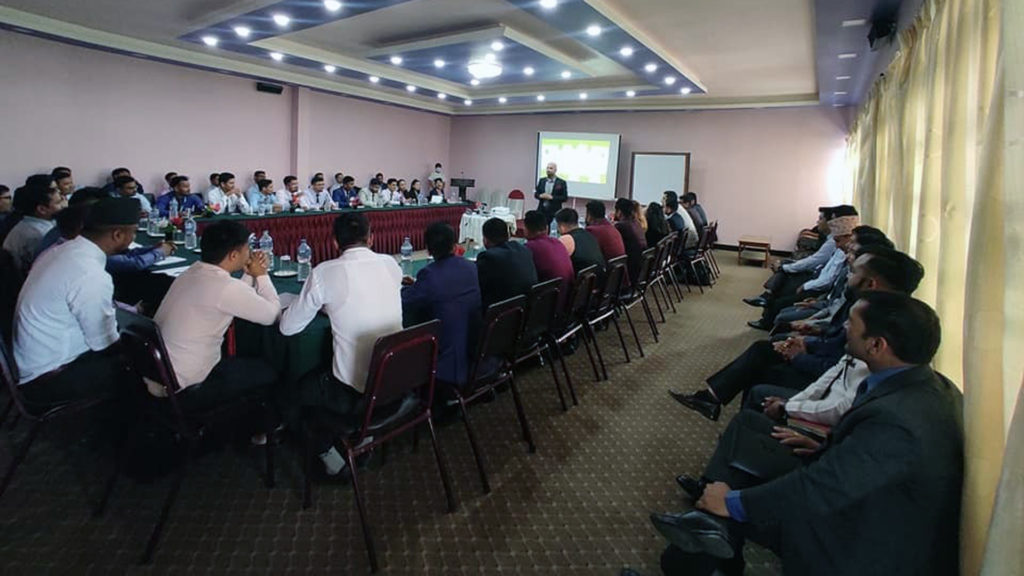Poor communication skills can be a hindrance to every sales and marketing organization. Let’s have a look on how to establish good communication in the workplace.
It is imperative that organizations train their leaders who have difficulty establishing effective communication but there is still a huge struggle among organizations to keep their sales force engaged, connected, and effective. In light of the recent surge of talent mobility, this problem is only getting worse.
As the world experiments with Phygital (Physical + Digital) work options post corona, one lacking component is optimal communication and dialogue proficiency within organizations. Field sales officers, Line Managers, sales head & leaders often have trouble having effective conversations, despite their best efforts. There are more ruptured dialogues that lead to leadership dysfunctions than substantive problems.
Even though these may sound fuzzy, organizations need to focus on correcting them in a focused way, otherwise they will suffer a huge loss of value. Communication culture has a profound impact on organizational cultures therefore it can be shaped by:
Identify Communication as a Key Leadership Competency
Leadership, as well as career, relies heavily on effective communication skills. Organizations must assist their employees to discover their strengths, and potential hindrances, early on. Many people do not realize how powerful communication styles can be. An assessment, feedback and coaching curriculum needs to include it.

The Art of Communication Has 360 Degree Shades
There is more to communication than just speech. Tone and timing are important too. The choice of words, the use of pauses, active listening, paraphrasing to check for understanding or mood, body language, and non-verbal distractions are all immediate issues to engage or disengage. However, so many managers fail to realize how they affect their stakeholders.
Become Aware of Communication Style
The ability to recognize our own communication style and the style of others can help us to be more effective. Some people have a natural chemistry with each other, while others will have obvious deflections unless we adapt to them. Conflicting communication styles are more likely to cause management differences than substantive differences in perspectives.
Build Dialogue Frameworks
Every meaningful conversation must have a framework of 5W & 1H (when, where, what, who, why, and how). Teams and organizations should evaluate their current status with respect to the different dialogue platforms. When the group conversation gets too large, it might lose the personal connection and authenticity. Too high or too low frequency or too excessive monologue, all could detract from effective dialogue.
The Importance of Silence Over Noise
In many cases, there is too much chatter and noise. It is difficult for stakeholders to absorb, reflect and respond effectively due to the volume of chatter.
It has been proven that organizations with positive communication cultures have a big competitive advantage and are more effective at building per person productivity and business than organizations without a positive communication culture. The above tips on communication have a significant impact on sales, productivity and people-related KPIs. To establish a good communication in the workplace, you can check out these measures.



Thanks for your blog, nice to read. Do not stop.